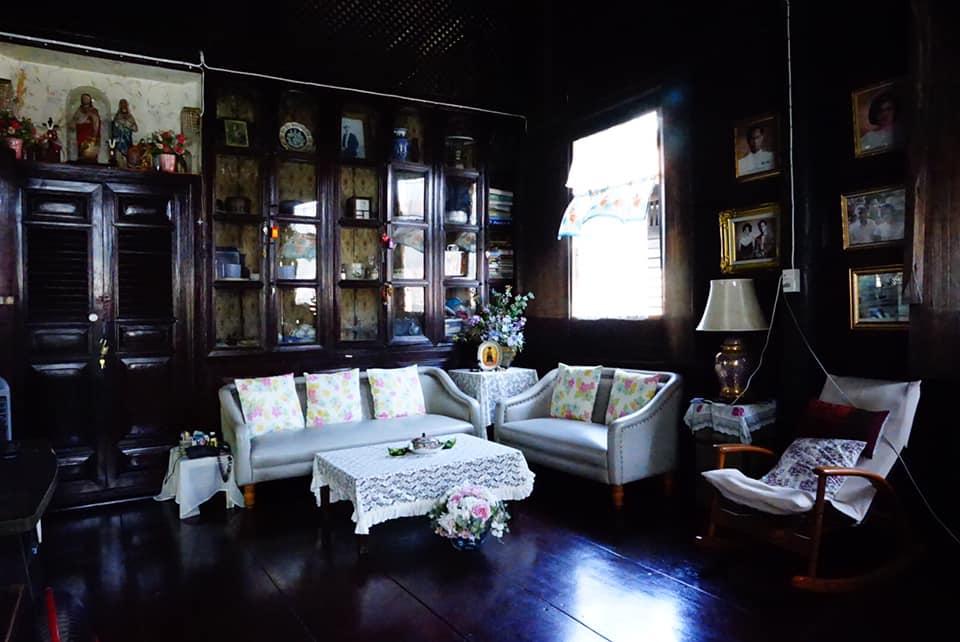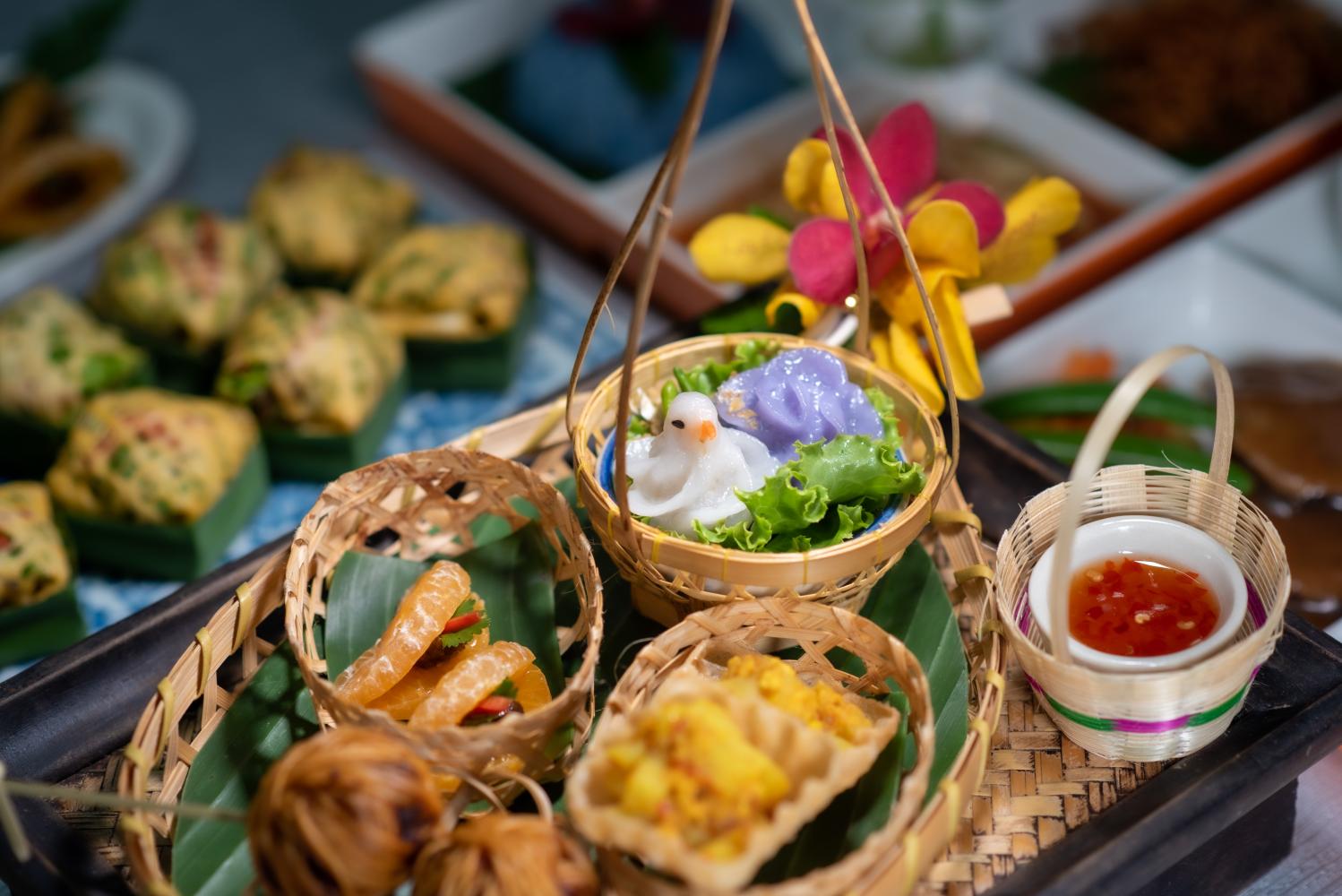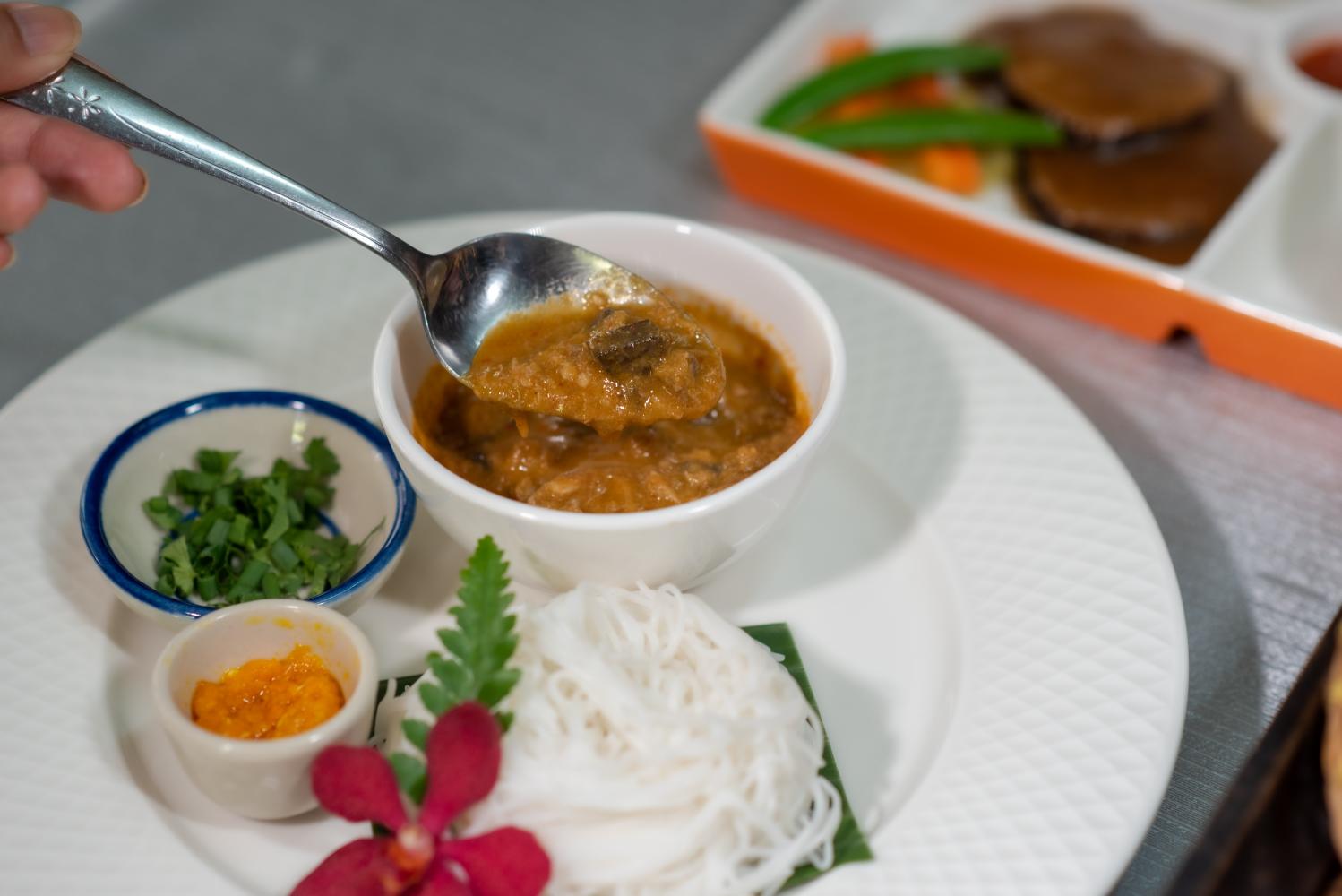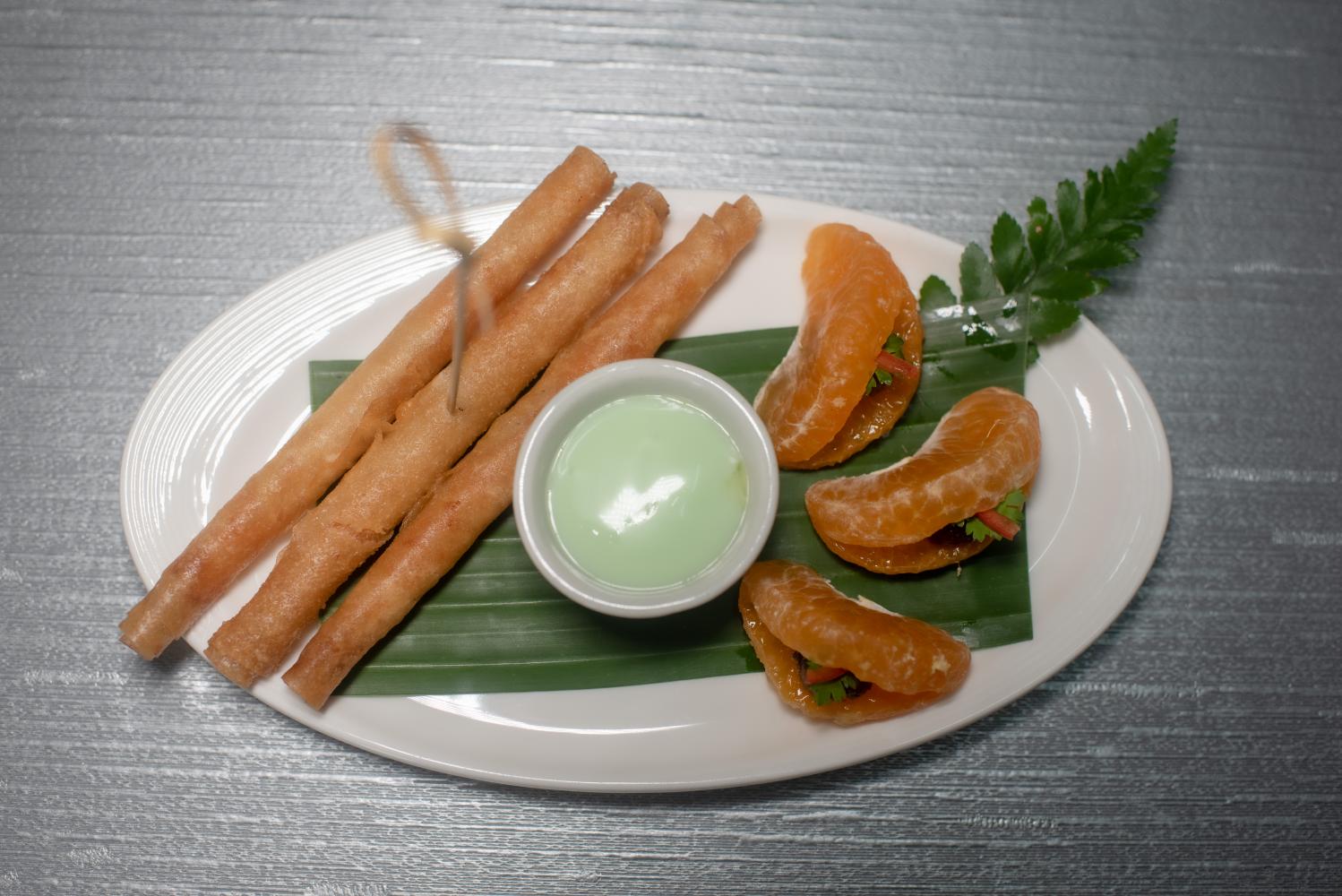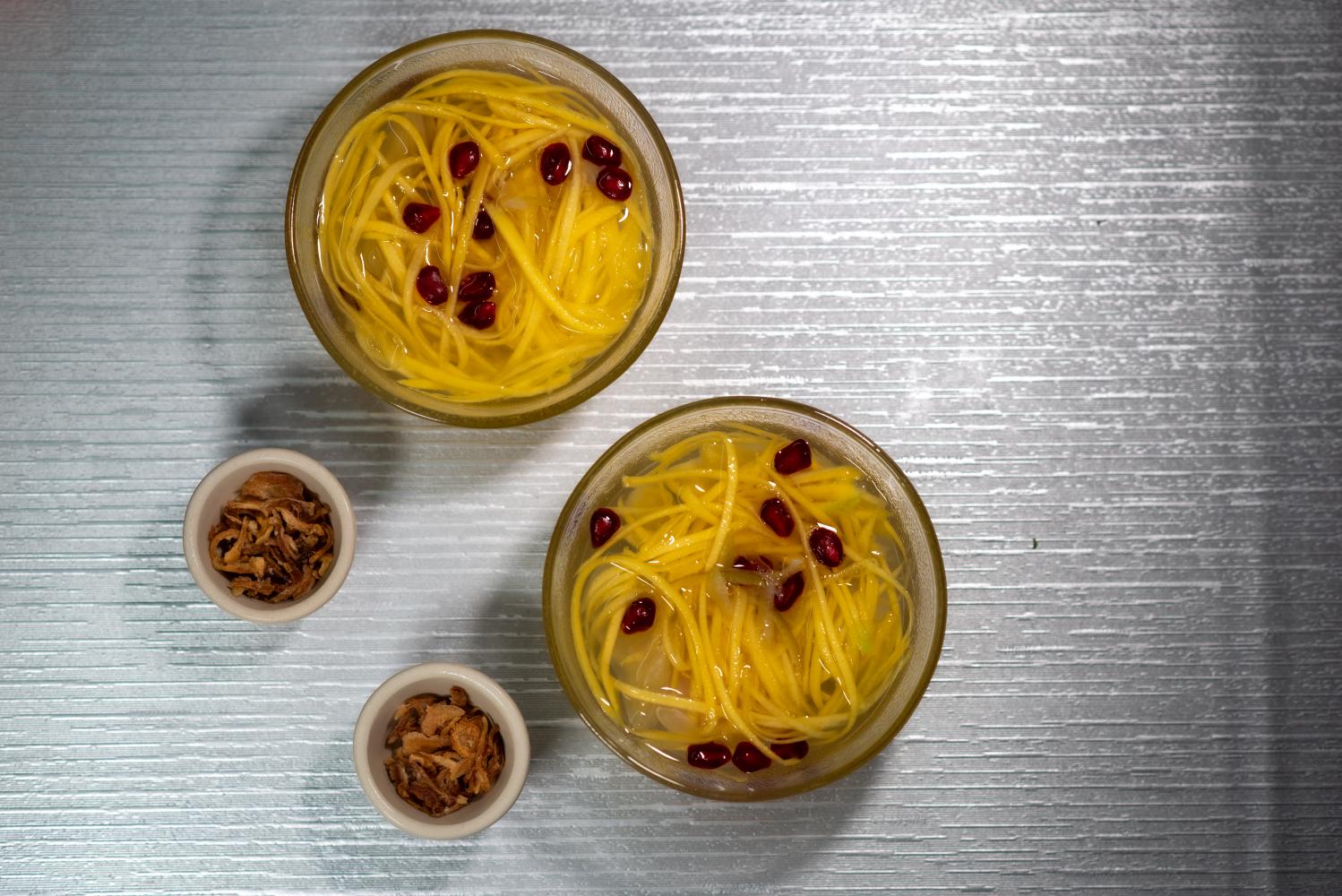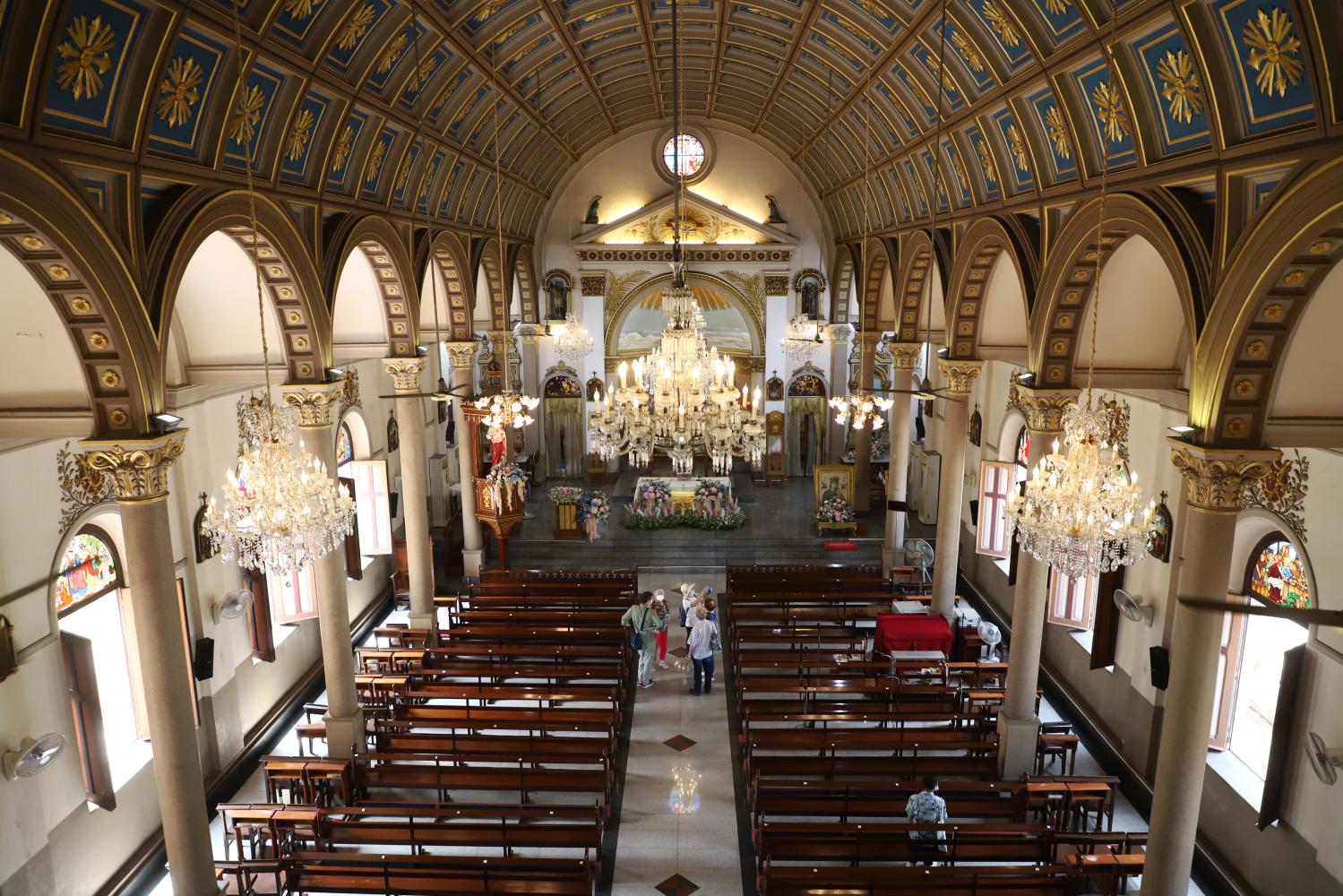
With no traffic congestion or long lines at popular restaurants, the prolonged Songkran holiday is always the best time for those who stay in Bangkok to enjoy pleasant leisure time without the usual masses. This year, with water fights prohibited, you can feel free to arrange a day trip by foot, bicycle or river cruise.

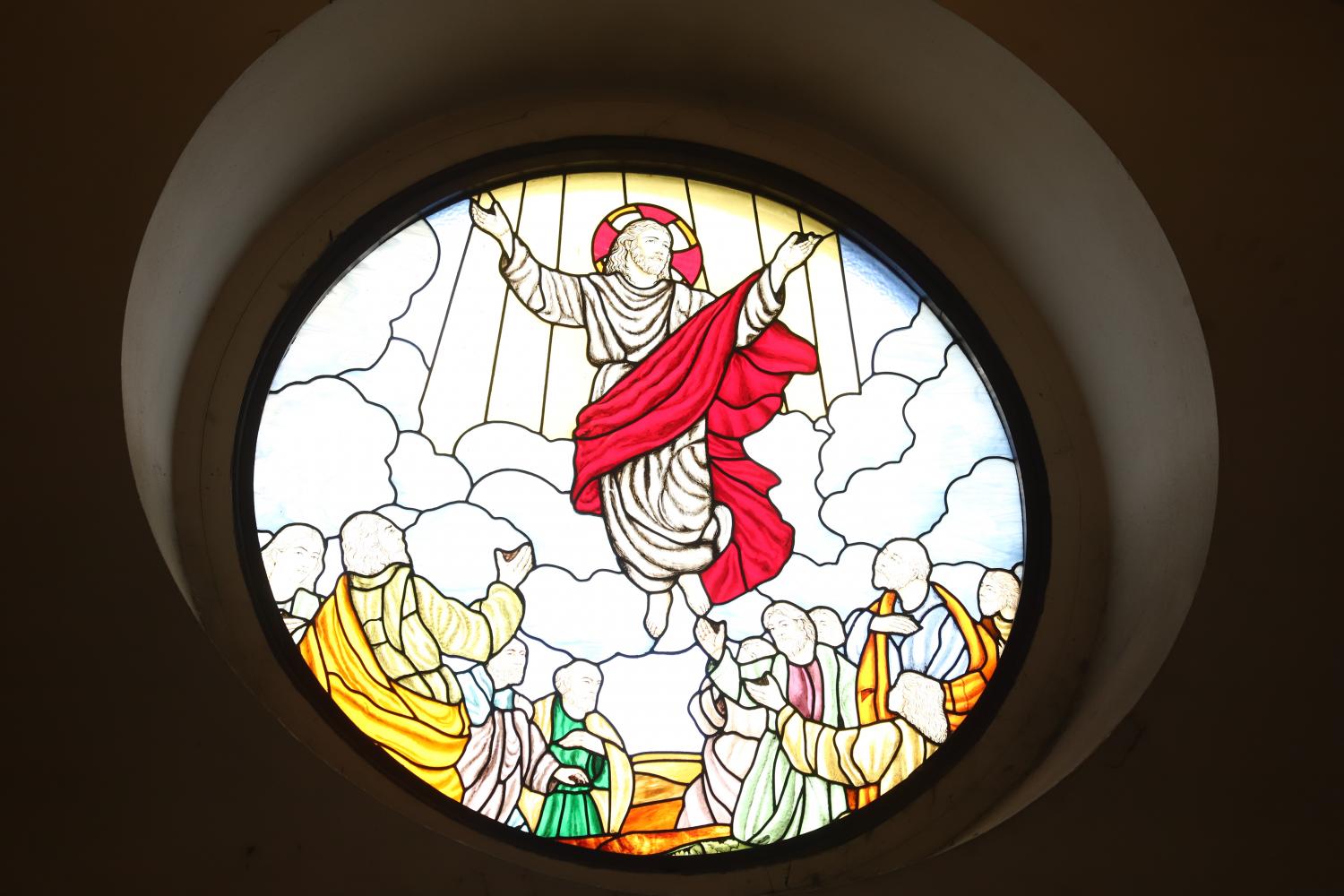
Coincidentally, today is Family Day and a perfect time for families to visit the riverside Kudi Chin community. It's known for its maze of Buddhist temples, an astonishing Catholic church, mosques and local living museums as well as many relaxing cafes that celebrate Thailand's rich history, multicultural legacy and colourful culinary scenes dating back to the Thon Buri era.
Nestled in Kudi Chin 3, Baan Sakulthong lures visitors with a broad choice of Siamese-Portuguese delights and sweets for private courses and chef's table style, all based on family recipes from Pravee and Banittha Sakulthong.
Their great-grandparents were half-Chinese, Thai and Portuguese. When the Ayutthaya kingdom fell to the Burmese, they followed King Taksin to establish the Thon Buri kingdom and became one of 17 old families in this historic community.
During the reign of King Rama V, their grandmother used to work in the royal kitchen at Suan Sunandha Palace and passed down her recipes from generation to generation. A decade ago, the couple from the Sakulthong family's fifth generation converted their house into a modest restaurant to offer home-cooked meals for which reservations are required at least three days in advance.
The menu has expanded to include more than 12 traditional dishes and desserts inspired by royal cuisine and prepared in Marie Guimar style.
"This neighbourhood was once a border to Ayutthaya and a meeting point for traders, resulting in a cultural melting pot. It is home to Wat Kalayanamitr, Kuan An Keng shrine and Bang Luang mosque. We're the first family to open our house to welcome tourists with an aim to promote a way of life and unique culinary culture that combines Thai, Chinese and Portuguese influences," Banittha said.
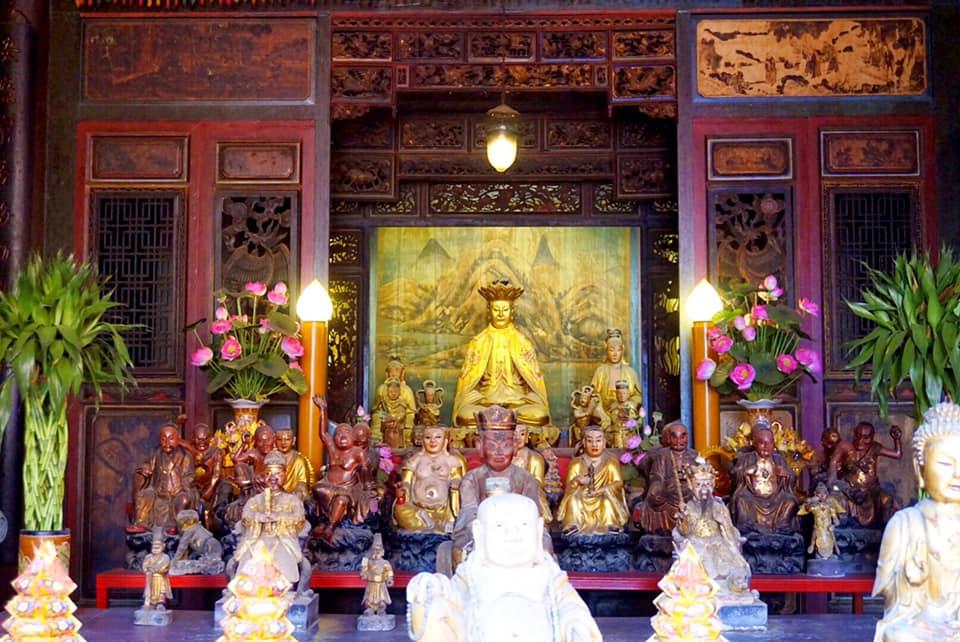

"Each family has its own expertises. I have helped my grandmother and aunt prepare meals since I was a child. For important occasions, we would cook more intricate delicacies such as nam prik long rue [fermented shrimp paste served with sweet pork, deep-fried fish and vegetables]. We have developed our own unique recipes."
Sitting in a century-old wooden house, guests are transported to the good old days when Banittha, dressed in gorgeous period costume, delivers some tempting appetisers such as chor muang (purple rose-like chewy dumpling stuffed with chicken), and cheeb nok (white bird-shaped dumpling filled with fish, shiitake mushroom, sesame and bell pepper).
There's also goong krachok (deep-fried shrimp rolls served with wasabi mayonnaise), and sappa yaek, crispy cups filled with minced chicken, corn, carrot, pea and bell pepper that are stir-fried with garlic and turmeric powder. Mangkorn kab kaeo is designed to be a side dish. Orange contains minced pork that is mixed with coconut sugar, salt flower, bell pepper and coriander root.
The gastronomic journey continues with a variety of main dishes like chicken stew with baked bread and kanom jeen gaeng gai khua inspired by spaghetti white sauce. It's red curry with chicken and chicken blood tofu served with rice flour noodles, yellow chilli and coriander.
Moo san mo is juicy pork tenderloin fillet stuffed with pork fat and seasoned with cinnamon, cardamom and clove before being simmered in a broth. Tom ma fad resembles jub chai, Chinese-style mixed vegetable stew, made with tender pork ribs, cabbage, coriander and spring onion that are cooked in broth and seasoned with fish sauce, palm sugar and vinegar.





Other highlights include coconut-cooked rice with papaya salad and shredded pork and Hanuman khluk fun, roasted pork neck blended with curry and served with germinated sangyod brow GI rice.
Then, a small cup of som chun is offered to refresh our mouth. It's lychee in infused jasmine syrup made from bitter orange (som za) and pandanus leaf, topped with pomegranate and chopped mangoes and served with ice, making it a wonderful summer treat.
Just a few metres from Baan Sakulthong, Navinee Pongthai has teamed up with her family to transform their three-storey wooden house into the Baan Kudi Chin Portuguese Museum so that the future generations can trace their roots.
With classic Thai-Portuguese architecture, the ground floor is home to a small cafe, in which visitors can enjoy fine coffee, rest in a leafy backyard or shop for a collection of homemade pastries and handicrafts. The 2nd floor is dedicated to an interesting exhibition chronicling the history of Portuguese communities in Thailand from the Ayutthaya period to the present day.
On display is a model of St Dominic Church, which was built after missionary Catholic priests Jeronimo da Cruz and Sebastiâo da Canto arrived in Siam in 1567, and a map of Ayutthaya drawn by Pastor Jean Courtaulin during the reign of King Narai, which shows the location where the Portuguese community was located in the old capital.
Visitors can also learn about the origins of Siamese-Portuguese culinary culture and check out the list of imported Portuguese plants such as papaya, chilli, pumpkin, pineapple, sunflower and custard apple that made their way to Siam.
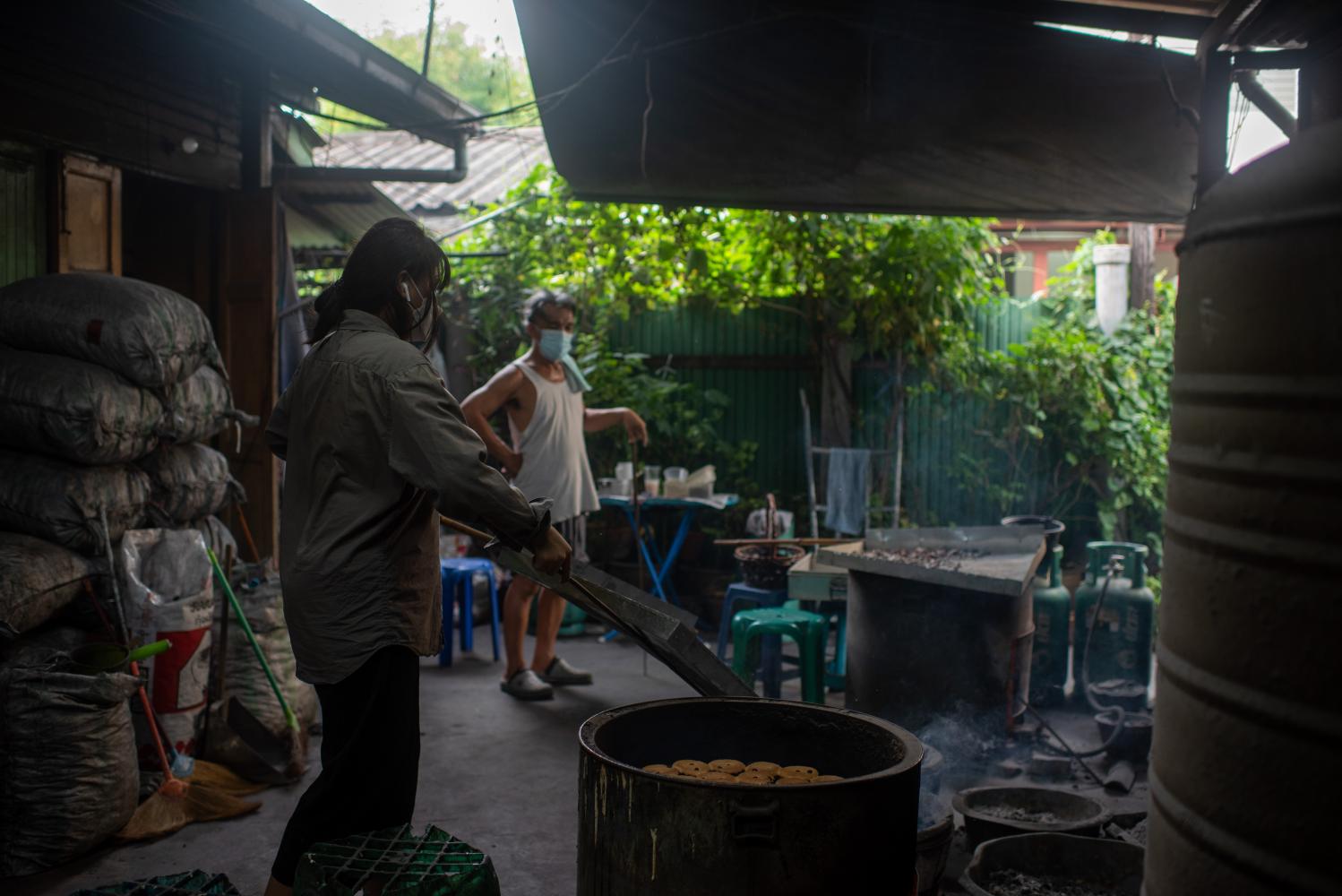

To illustrate daily life, the 3rd floor mimics a living room, bedroom and dining room adorned with old wood furniture, ceramic tableware, some collectible books and letters from the Pongthai family's chamber.
Located in the adjacent lane, Baan Chantanaphab attracts tourists interested in Thai architecture. Using teak and takien, the front frame of this 130-year-old house was created in a rising sun style, with windows trimmed with carved gardenia-inspired motifs to showcase traditional wood joining techniques.
Keep walking through a narrow lane, and visitors can stop at the tiny factory of Khanom Farang Papao, whose recipes have been passed down from Portuguese migrants to Wisinee Maneeprasit of the family's fifth generation. Only eggs, sugar and wheat flour are used to make soft-on-the-inside, crispy-on-the-outside cupcake-like pastries. She utilises a traditional stove, firewood and charcoal to honour local wisdom, which provides a pleasant scent to the sweet delights.
Not far away, Santa Cruz Church seems like a time capsule, transporting visitors back to the days when King Taksin granted the land to Portuguese migrants in 1769 and allowed French missionaries to build a wooden chapel where Catholics could worship.
After that, Bishop Jean-Paul Courvezy spent two years reconstructing the new church that blended Thai, Chinese and Western designs under one roof before it was refurbished in 1913. Famous for its Renaissance- and neoclassical-style architecture, it has a lofty, gold-gilded ceiling embellished with hundreds of glittering stars and stained glass windows.
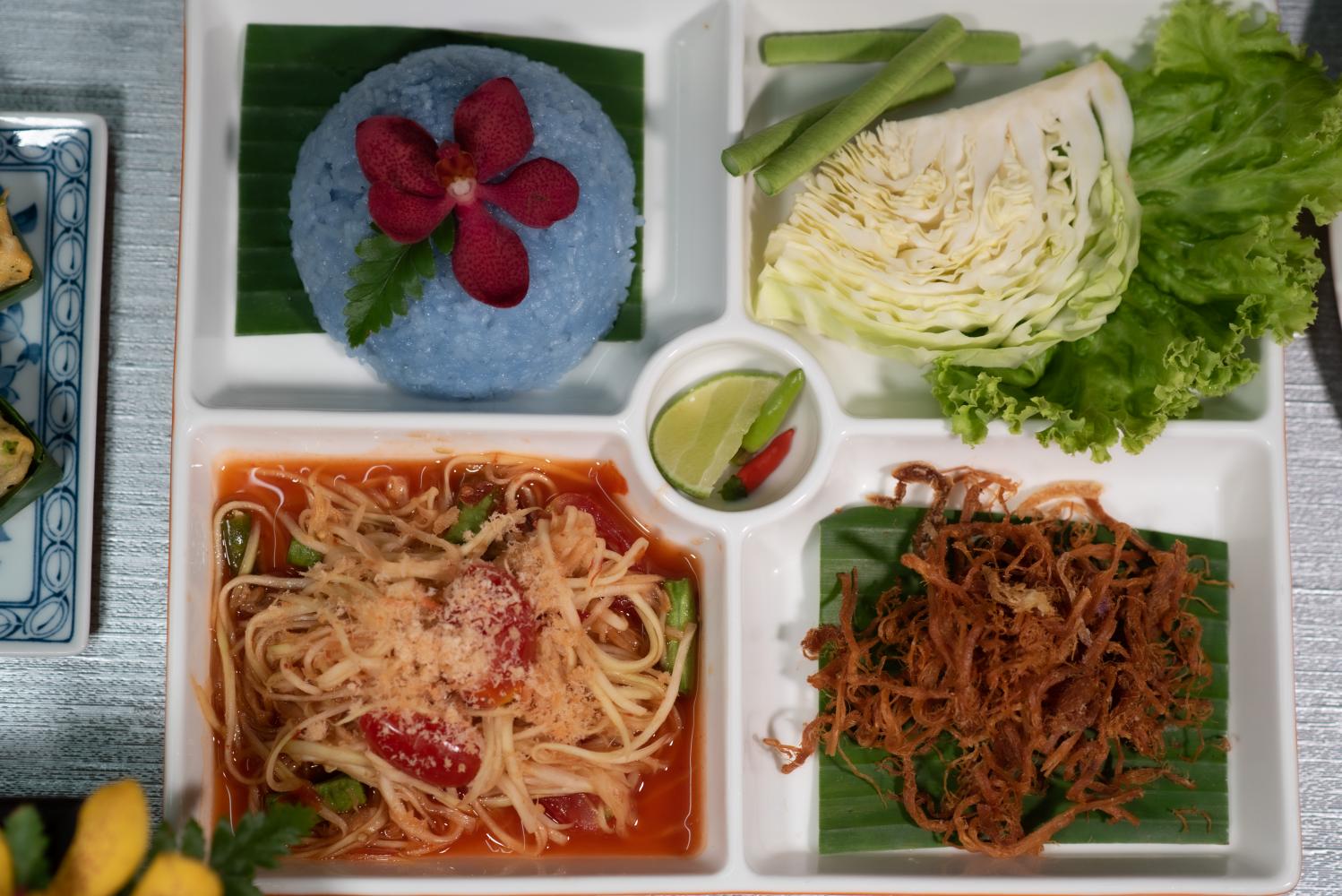
A long pathway that runs along the banks of the Chao Phraya River is currently closed for a major makeover to improve tourist amenities, but visitors can get to Wat Kalayanamitr Woramahawihan by using Thetsaban Sai 1 road. In the main hall, visitors can sit in front of a towering statue of Phra Buddha Trai Rattanayokfor and pray for prosperity, good friends and protection in the New Year.
Situated at the mouth of Bangkok Yai canal, Chao Phraya Nikon Bodin donated his house and land in 1825 to construct this temple in homage to King Rama III. It boasts a striking combination of classic Chinese-Thai architecture and Thailand's biggest bell.
The trip comes to a close at the 240-year-old Kuan An Keng Shrine, which is home to a highly revered, man-like statue of Guan Yin fashioned out of fragrant wood and brought from China by Hokkien migrants. According to legend, the Mercy Goddess was a monk who transformed into a beautiful angel to save humans.
Three years ago, the Fine Arts Department added this antique shrine to the list of historical monuments and spent millions of baht restoring its architecture. It has carved wood murals in the Hokkien style depicting Chinese mythology from the Three Kingdoms.
Baan Sakulthong is open Monday to Friday from 10.30am to 5.30pm for private courses only, while Saturday and Sunday it is open for private courses and walk-ins. Find out more details at the Baan Sakulthong-Kudi Chin page (in Thai) on Facebook or call 062-605-5665.
Baan Kudi Chin Museum is open Tuesday to Sunday from 9.30am to 6pm. For more details, call 081-772-5184 or visit baankudichinmuseum.com.
